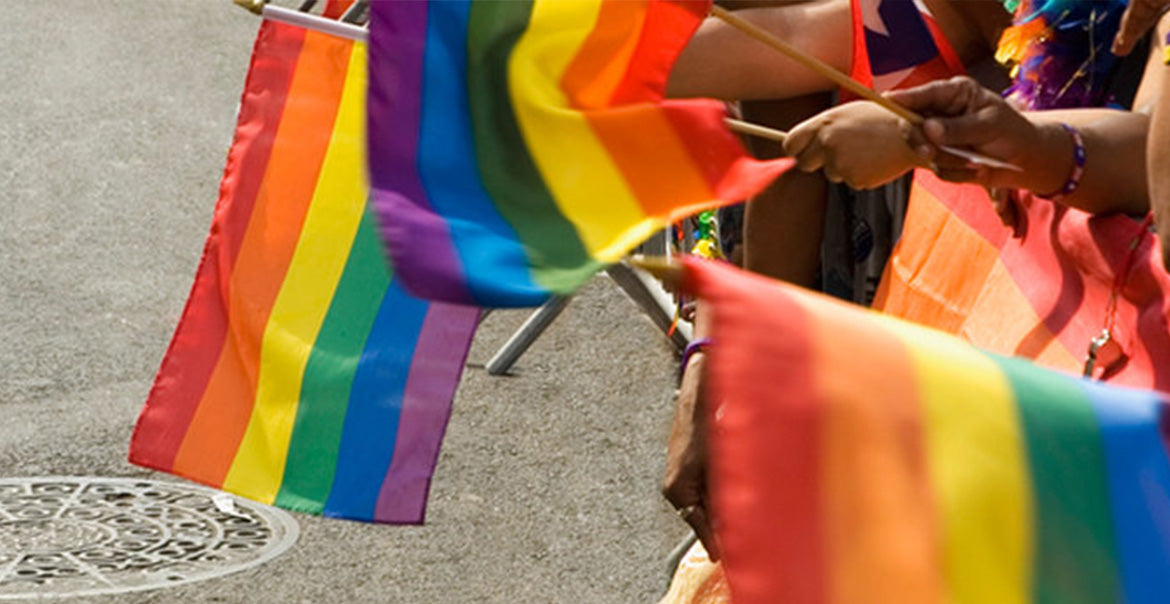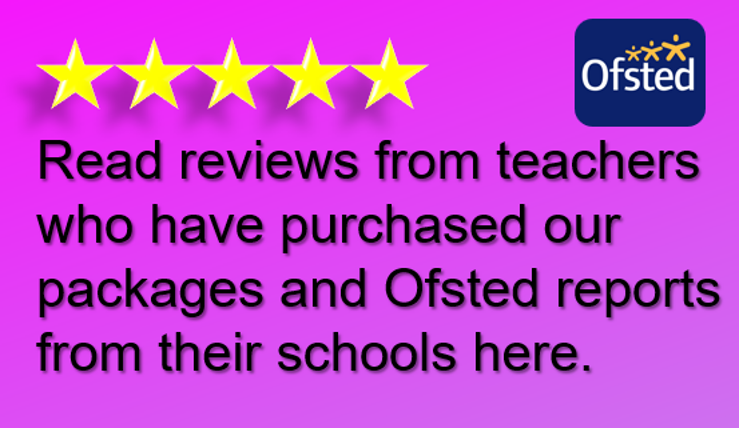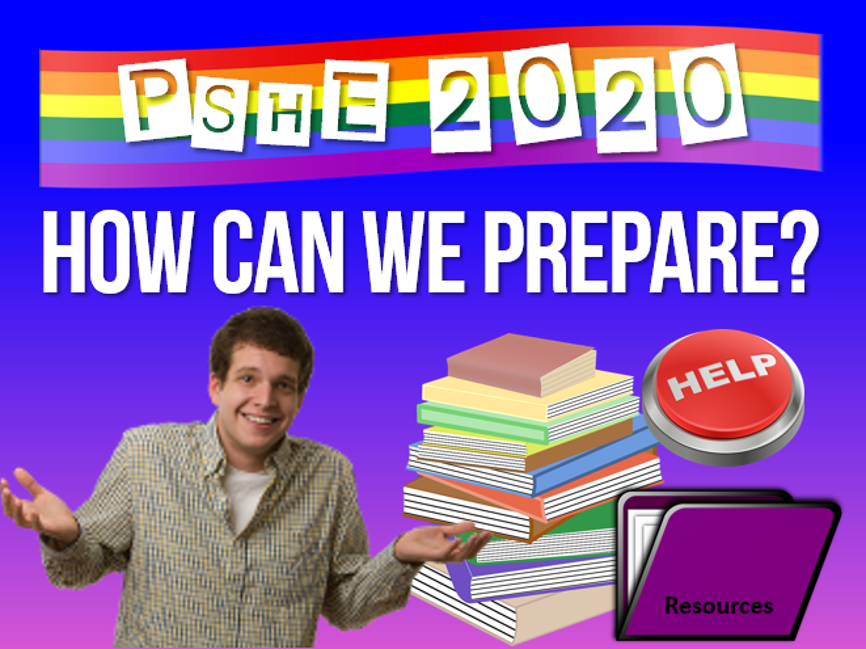
LGBTQAI+ Creating an inclusive classroom
How many teachers know what LGBTAQI+ stands for?
How many teachers know why it matters?
How many teachers are aware that they have the power to affirm or alienate their students based on something as simple as the pronouns that they use when addressing their students?
In my experience, not enough.
The PSHE association has really hit the nail on the head with their most recent recommendations for teaching LGBTQAI+ issues in the classroom. In case you’re one of the teachers who isn’t sure, LGBTQAI+ stands for Lesbian, Gay, Bisexual, Transgender, Queer, Asexual, Intersex, and the + is for any other identities which come under the queer umbrella. As our understanding of human sexuality advances, so does our vocabulary, and today’s generation of YouTube-savvy kids are often more aware of the range of identities available to them than the adults who are teaching them.
That’s not to say that our job is already done for us, though: for every clued-up, poltically correct, right-on child, there will be several who think LGBT refers to some sort of bacon sandwich. It matters that we educate ourselves and our students on these issues: people’s ignorance is costing lives. According to LGBT charity Stonewall, 45% of all LGBT children in the UK are bullied because of their identity; 60% have self-harmed or do self-harm regularly, and 40% of transgender children have tried to commit suicide.
Teachers can make the experience of LGBTQAI+ children easier, or worse, depending on their handling of these issues. I worked at a school where a female teacher told a transgender boy that she would not call him by male pronouns because it was ‘too confusing’. What kind of a message is that sending to students? It certainly makes the hours of lessons on resilience and self-esteem seem about as useful as a marzipan hammer. If we really are nothing but exam factories, how can we expect students who feel negated and unsupported to perform at their best academically? Of course, most schools like to think of themselves as much more than exam factories; part of this is listening to students and being guided on ways to support them as individuals.
As a teacher, you can support your LGBTQAI+ students by showing your solidarity with them. Posters acknowledging and celebrating LGBTQAI+ issues will make your classroom an inclusive and safe space. Avoid gendered terms like ‘ladies’ or ‘boys’ when addressing whole class groups – you may well have people who don’t identify that way. And think about whether any of your tasks are heteronormative – a former student of mine who identifies as lesbian once told me how alienated she felt when her French teacher used to set her tasks to describe her ideal boyfriend. Finally, if you happen to witness the use of homophobic slurs like ‘faggot’, ‘dyke’, or ‘gay (meaning ‘rubbish’)’, then, for goodness’ sake, challenge it. You are a role model for the students you teach: if you send the message that homophobia is fine, that’s the message they’ll internalise. Life is hard enough being an adolescent in today’s world: it’s your duty to reduce the levels of ignorance, not add to them. So take the time to ensure you’re making your school an inclusive space – your LGBTQAI+ students will thank you for it.
Teaching about LGBTQAI+ issues and no idea where to start? We may be able to help out there. Check out our 'Teaching LGBTQAI+ and Gender Discrimination Issues resources here.




